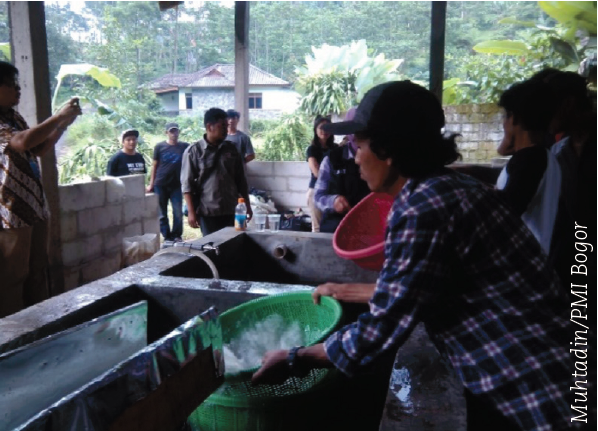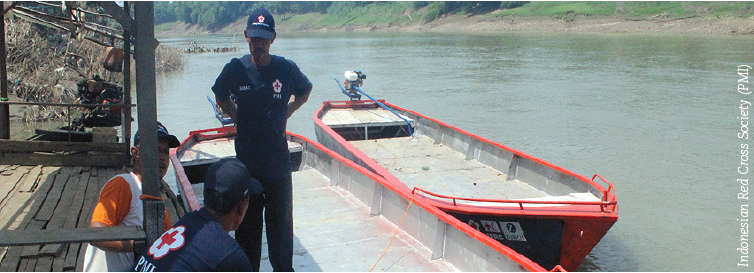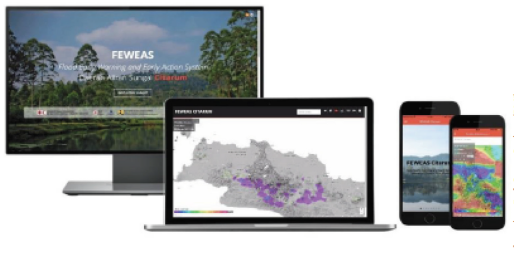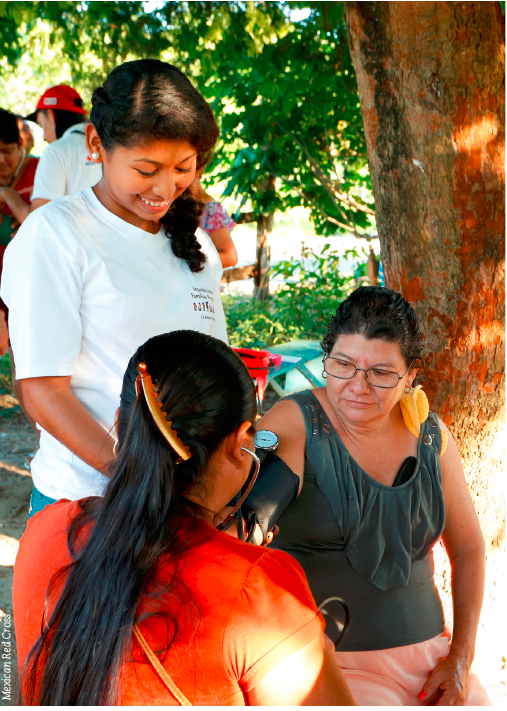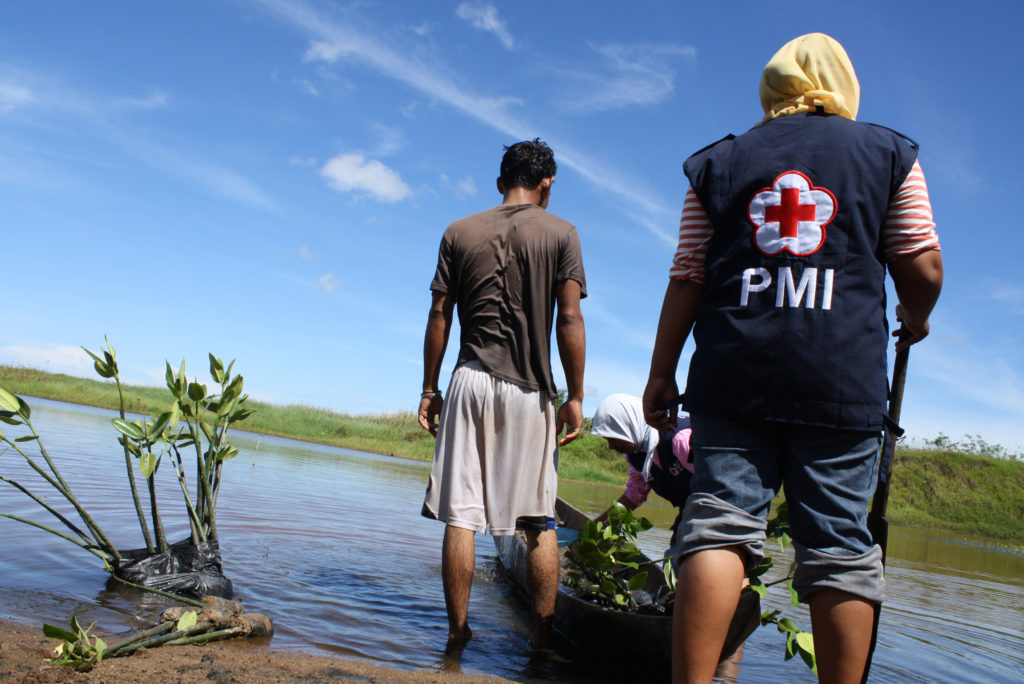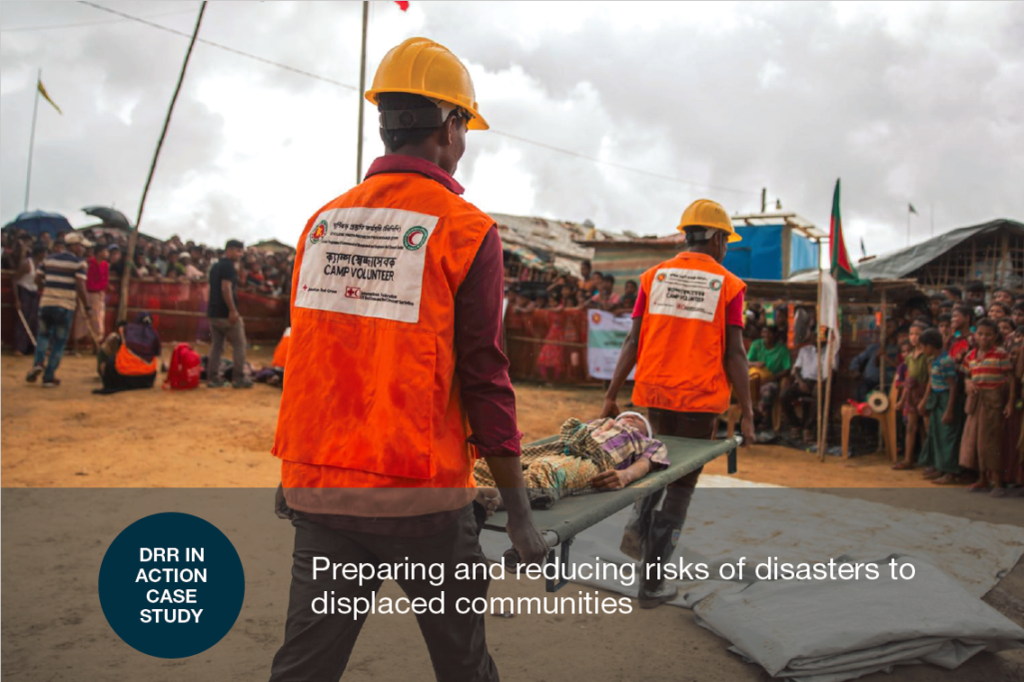Typhoon Haiyan: 5 Years On in the Philippines
Five years ago today, one of the strongest storms ever recorded in the Philippines made landfall. Typhoon Haiyan took more than 6,000 lives on the island nation—destroying homes, bridges, schools, farms, and businesses in its wake. Red Cross teams started delivering aid in the immediate aftermath: helping save lives amongst the destruction. Initially, the Red […]
Typhoon Haiyan: 5 Years On in the Philippines Read More »

